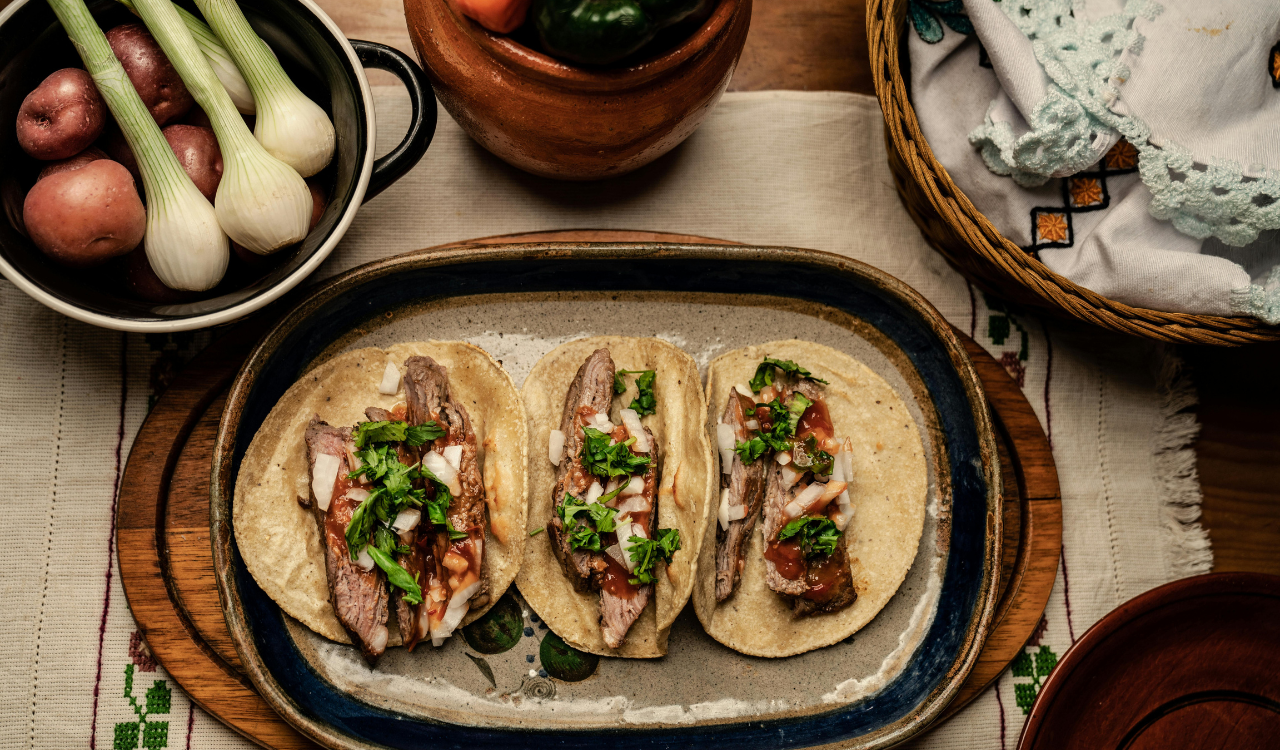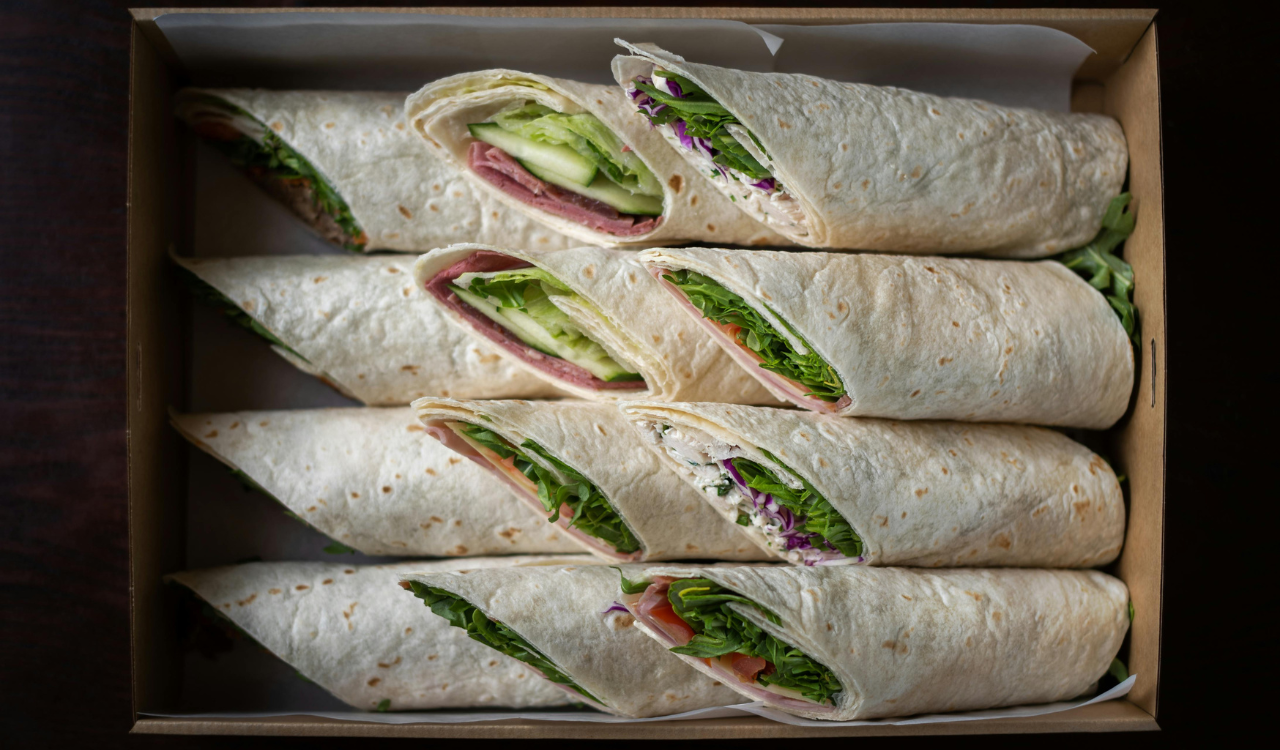Easy Antipasto Platters for Elegant Appetizers
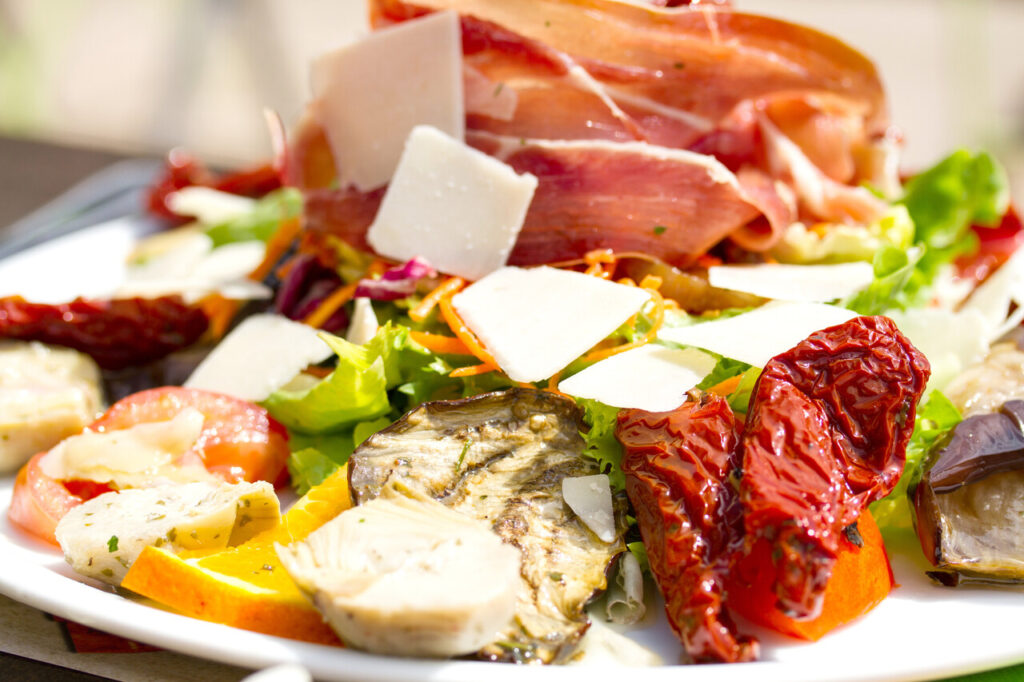
An antipasto platter sets the tone for the entire gathering, and the beauty is how effortlessly it comes together. With the right mix of salty, creamy, crunchy, and bright elements, you can turn simple ingredients into something that feels inviting and polished. Whether you lean classic Italian with cured meats and cheeses, go vegetable forward, or build a board around seafood or seasonal produce, the magic is in the balance. These platters are easy to assemble, easy to customize, and always the first thing guests gravitate toward.
1. Classic Italian Antipasto Platter
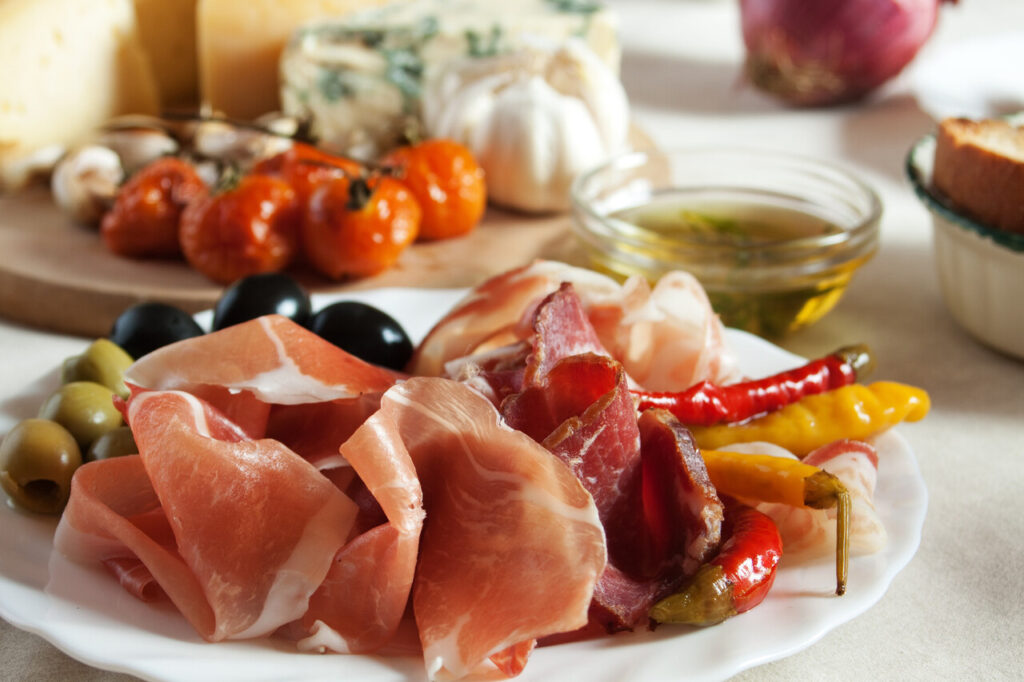
Start with a clear structure: cured meats, firm cheeses, and bright pickles. Choose a selection of salami, prosciutto, and soppressata, then add firm cheeses like Pecorino and aged provolone that hold up at room temperature. Scatter marinated olives, artichoke hearts, roasted red peppers, and pepperoncini to cut the fat. Provide crusty bread or grissini and a small bowl of extra-virgin olive oil for dipping. This board is timeless because the components balance richness, salt, and acid, and everything can be prepped ahead, so assembly is fast.
2. Mediterranean Mezze-Style Board
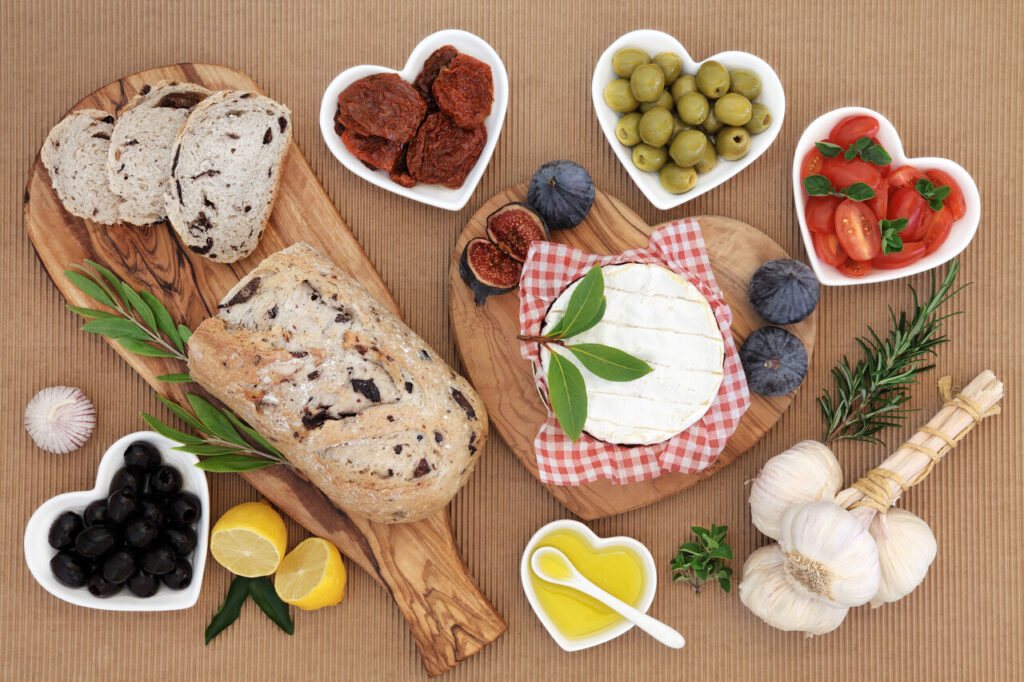
Think hummus forward and vegetable forward, with small plates for variety. Spoon a bowl of creamy hummus in the center, surround with pita wedges, marinated feta, roasted peppers, and a bright cucumber tomato salad. Add spiced olives and dollops of muhammara or baba ganoush for contrast. Fresh herbs and a drizzle of lemon oil lift the whole spread. This board travels well across diets it’s naturally vegetarian, scales easily, and invites guests to graze with finger-friendly pieces.
3. Vegetarian Antipasto Spread
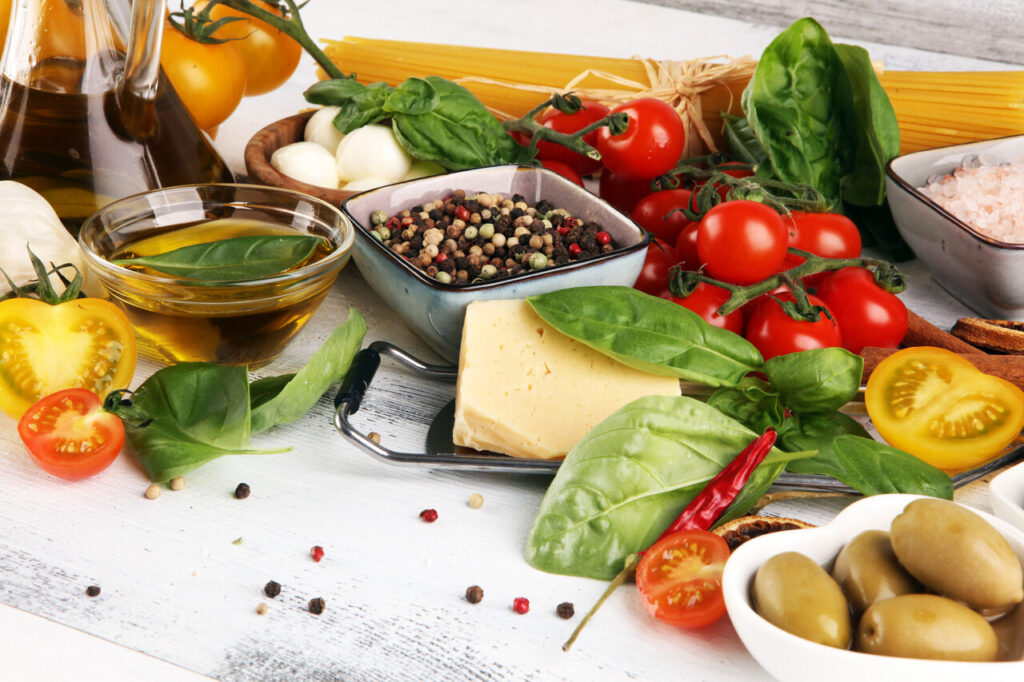
Make vegetables the star instead of an afterthought. Grill or roast zucchini, eggplant, and bell peppers until edges char, then marinate briefly in vinegar, garlic, and herbs. Add marinated mushrooms, olives, and a few nut clusters for textural contrast. Provide slices of crusty bread and a spreadable cheese like labneh or ricotta to anchor bites. Because vegetables lose water, arrange them on paper towels after roasting to keep the platter from getting soggy and to preserve crispness where it matters.
4. Seafood-Focused Antipasto Tray
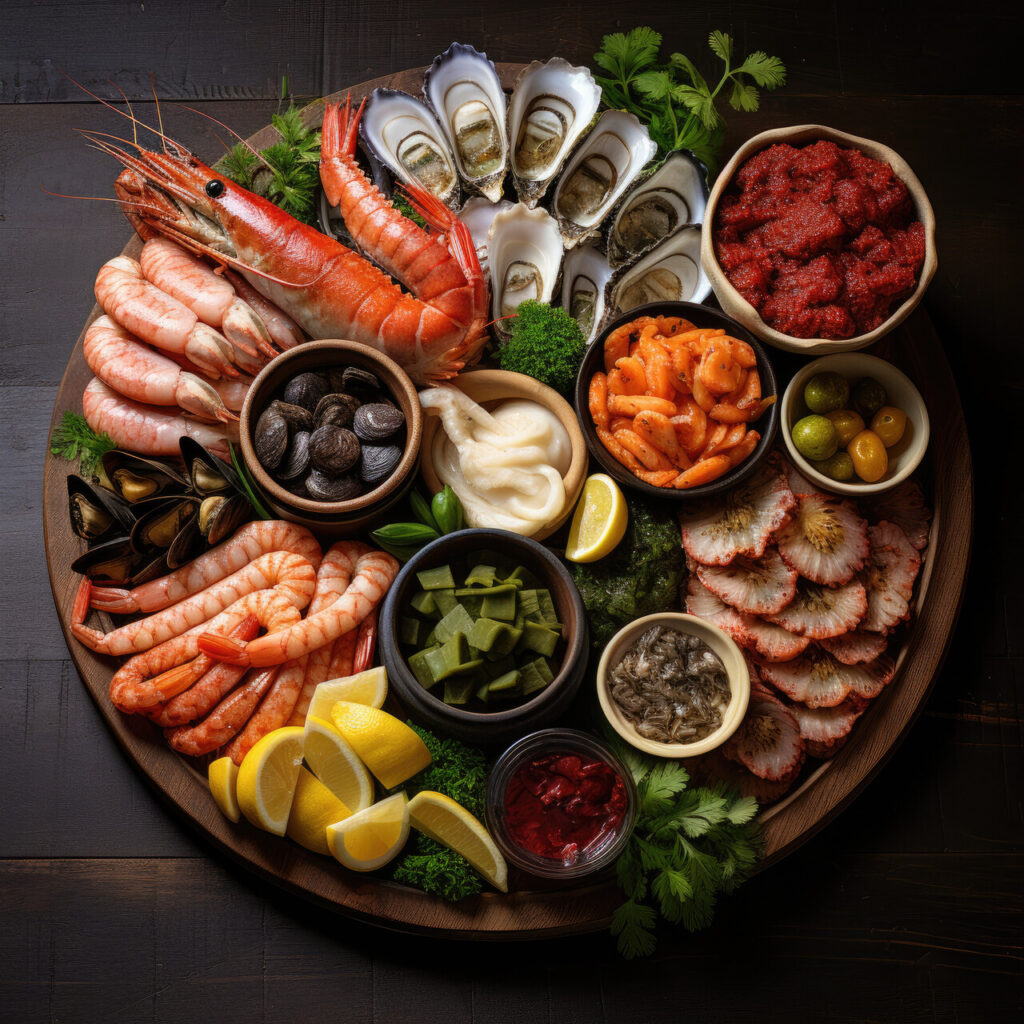
When seafood leads, keep flavors clean and bracing. Feature smoked salmon or trout, marinated anchovies or white anchovy fillets, and chilled shrimp with lemon wedges. Add a white bean salad or a herby fennel slaw as a base for the fish, and include crusty bread or crostini for textural support. Keep chilled items on a separate chilled surface or a bed of crushed ice if the platter will sit out, and serve lemon and caper bowls on the side so guests can customize acidity and brininess to taste.
5. Rustic Bread and Cheese Board Antipasto
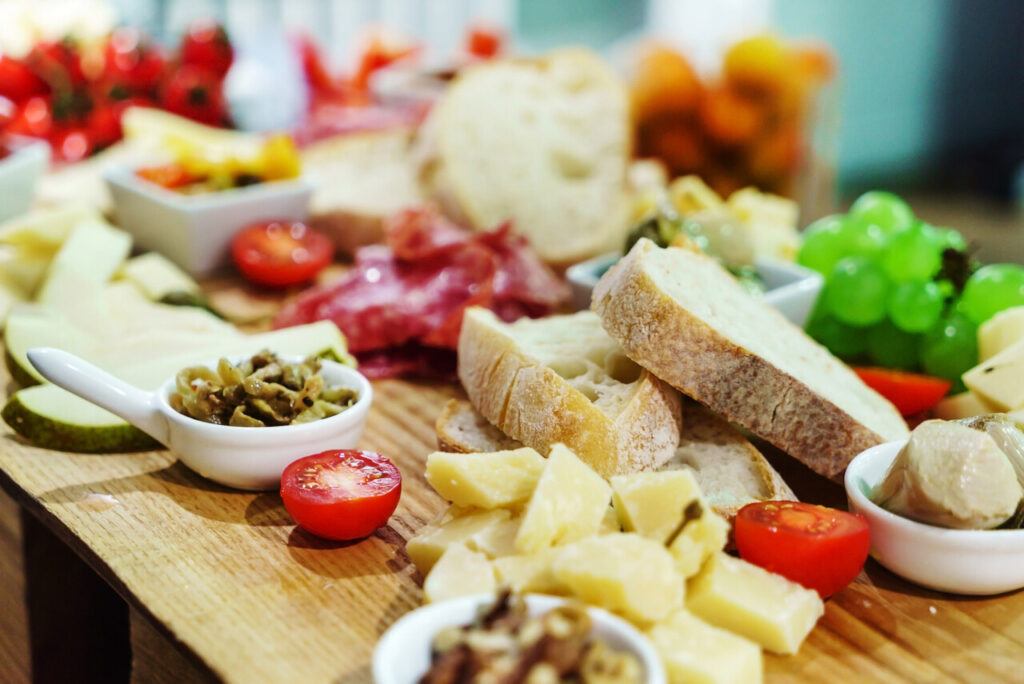
Lean on contrasts: creamy versus crumbly, sweet versus savory. Choose a soft cheese like stracciatella or burrata and pair it with an aged, nutty cheese like manchego. Add fig jam or honey, toasted walnuts, and dried fruit for sweetness, and slices of country loaf to build bites. This approach feels less fussy because the components are straightforward, but the balance of textures and flavors, silky cheese, crunchy nuts, chewy fruit, makes it feel elevated and perfect for cocktail hour or as a first course.
6. Pescatarian Antipasto Platter

Balance protein and plants without leaning on cured meats. Combine tuna salad scoops, marinated calamari rings, and white bean dip for heft. Add grilled vegetables, olives, and anchovy-topped crostini for salt. This platter works well when you want something lighter than a meat-heavy board, but still substantial enough for a small meal. Keep dressings bright and acidic so the seafood sings, and label components if guests may have fish allergies or strong preferences.
7. Kid-Friendly Antipasto Board

Make grazing approachable with milder flavors and fun shapes. Offer mini mozzarella balls, thin-sliced mild salami, sweet roasted peppers, grape bunches, and breadsticks. Include small bowls of honey or jam for swiping, and arrange items in clusters so children can identify and grab favorites. Keep spicy pickles and overly briny items separate, and consider including a roasted vegetable like sweet potato coins to sneak in nutrients without intimidating picky eaters.
